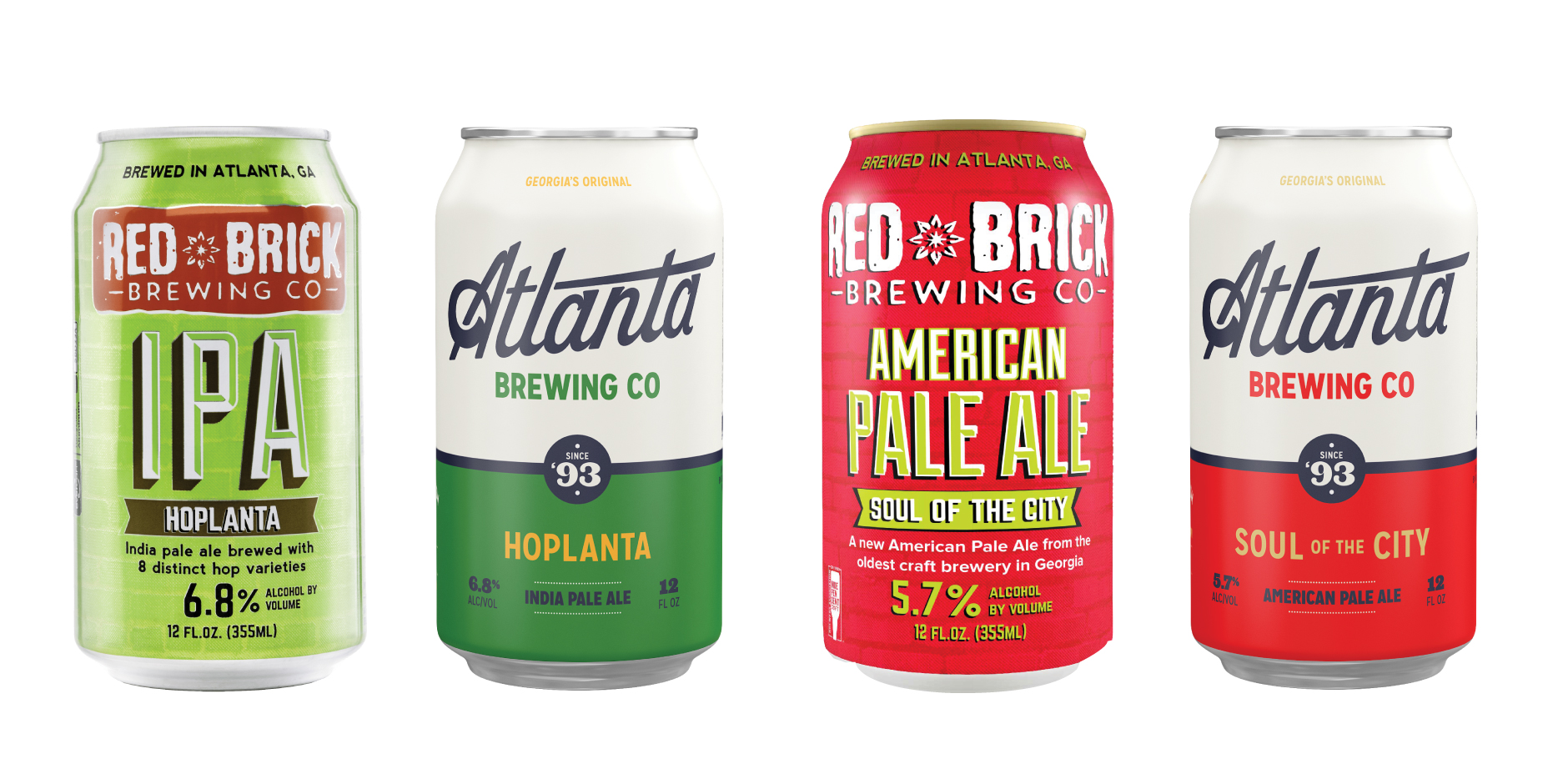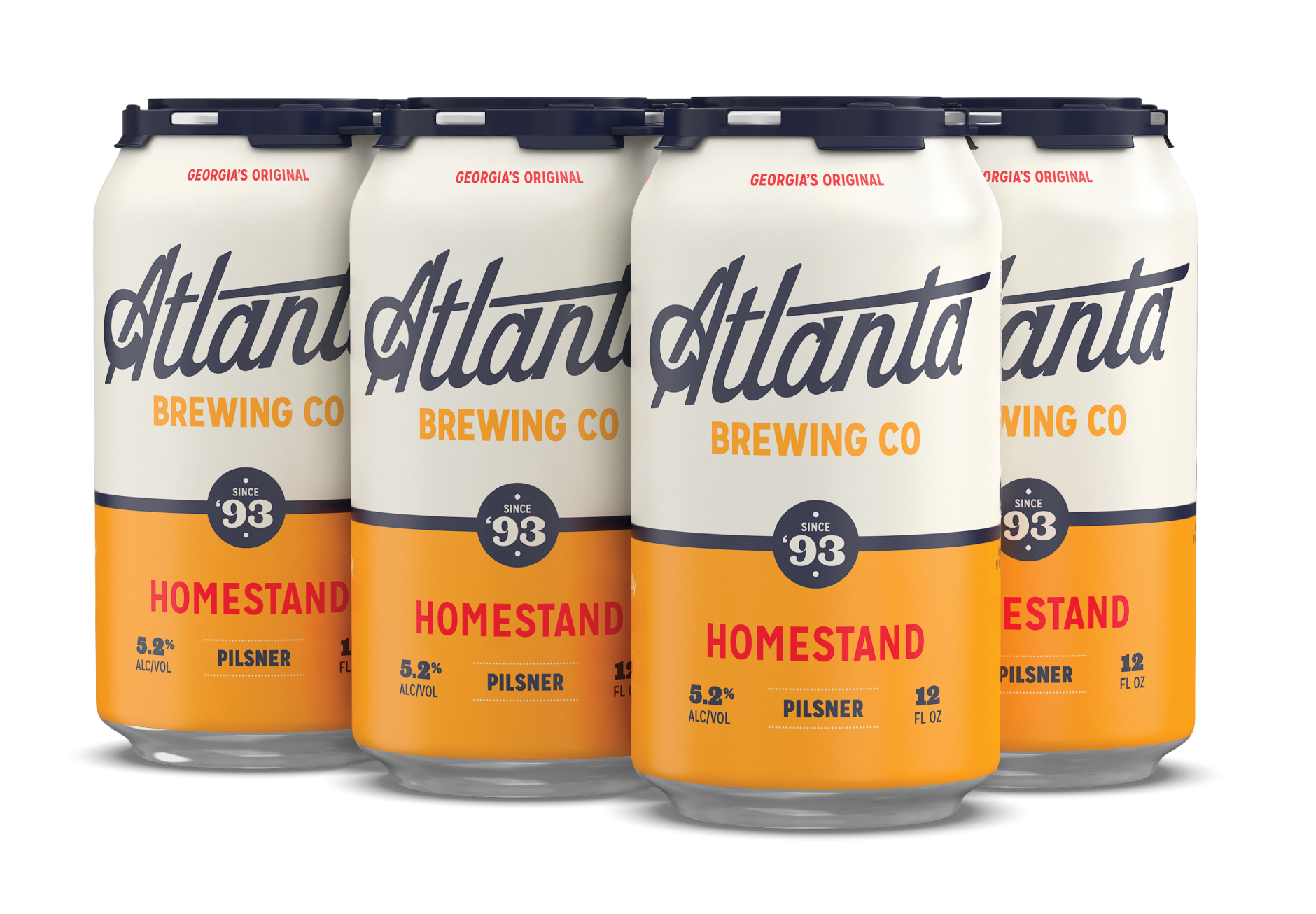REBRANDING CAN BE AN ENORMOUSLY IMPORTANT STEP TO SUCCESSFUL GROWTH. KNOWING WHEN TO REBRAND CAN BE EVEN MORE IMPORTANT.
Most of this guide is geared for newer breweries or breweries-in-planning. But what if you’re already established? What if you’ve got a solid foothold and now want to do some housecleaning? Maybe you were one of the first breweries in your city and ushered in a now vibrant beer scene. Or maybe you’re a 20+ year old regional brewery who’s still rocking that homegrown look. Either way, at this stage, you’re striving to bring consistency across all channels and packaging, and will have to strike a fine balance to keep the charm and character that got you where you are without looking too sterile and “corporate.” Easy, right?
This can be a fun process that breathes new life into your team, gives your fans something to talk about and puts your brewery in the spotlight nationally. Further, it can address some serious, lingering issues. Before diving into major considerations, let’s discuss some reasons why you may want to consider rebranding.
-
1
YOUR OVERALL LOOK IS DATED & DOESN’T REFLECT YOUR CORE VALUES
It’s not uncommon for design to age poorly. If it was never done professionally, or maybe worse, was done in a superficial, trendy manner, it can begin to show its age quickly. And if you’re growing and making exciting changes, this can inhibit all your progress.
-
2
YOU’RE MAKING MAJOR CHANGES WITHIN YOUR COMPANY (REPOSITIONING & CHANGING UP YOUR PORTFOLIO)
You’re no longer the small outfit you once were. Perhaps you’ve brought in a new head brewer, are shifting your seasonal program, and are adding more fermenters to your facility. These are the sort of changes that could make you consider a brand refresh.
-
3
NEW COMPETITION IS LEAVING YOU IN THE DUST
We see this with a lot of old-guard breweries. High-energy startups will open in the same region and often position themselves against these older breweries (those jerks). This is exacerbated by people overlooking their old standbys in favor of trying the latest and greatest beer.
-
4
YOU’RE EXPANDING INTO NEW MARKETS AND FACING STAUNCHER COMPETITION
Breweries who are crushing it all over the country have solid branding and amazing beer. If you’re expanding into new markets, it’s only a matter of time until you clash with such a brewery. And this works both ways—big time breweries might expand sales to your backyard and create the same set of problems.
-
5
YOUR WEBSITE ISN’T RESPONSIVE & FEATURES OUT-OF-DATE INFO
Your website needs to be responsive and has to be easy for your team to update internally, without fussing with code.
If any of these pain points sound familiar, here are some larger issues to consider as you prep for a rebranding process:
-
1
IDENTIFY WHY YOU WANT TO REBRAND
Using the list above, what problems are you trying to address? Have you outgrown your home-brewed identity? Are you making more diverse (or more drilled down) beer styles? Are you expanding into new markets and facing tougher, more-established competition?
If you suspect that you need to rebrand, you’re probably correct, but it’s important to understand exactly what problems you’re facing, what opportunities you can capitalize on, and what you want to get out of the effort.
-
2
IDENTIFY BRAND EQUITY through a brand audit
If you’ve been in business for a while, there’s a good chance you’ve got certain visual cues that are essential to preserve through a rebranding process. People remember you and seek you out (in part) by your “look;” this is called Brand Equity. Think about brand colors, or logo elements that people instantly recognize (like New Belgium’s iconic cruiser bicycle). These elements can be outlined through a preliminary brand audit.
This is important because it gives you a foundation for moving forward with the rebranding process. What elements are absolutely critical, and which can be jettisoned? If an update is in order, what elements do you need to maintain to ensure your current customers aren’t lost trying to find your beer on tap or on shelves?
A typical audit process takes stock of every bit of communication you’ve used over the years, from your logo, to packaging, website, sales material, and ads. Using this material, you and your branding agency can suss out any constants and determine what needs to remain and what can be axed.
To prepare for this, gather as much of your marketing materials as you can (posters, packaging, website screenshots, pictures of your festival setup, POP displays, merch, etc.) Even if these are the very thing driving you to rebrand, it’s important for your creative firm to see and understand what you’ve done in the past.
And all of this is assuming you’re still wanting to maintain some elements from your initial branding. But what if you’re looking to start with a clean slate? Maybe your head brewer, due to a series of unfortunate life choices, had to fake his death and move to Iowa.
Maybe a brewery across the country decides to sue you because your name kind of sounds like a one-off seasonal they brewed back in 2012. Look, it happens.
No matter the reason, if you’re looking to completely start from scratch, it’s largely the same process as defining your brand essence, only you’re not so much looking back to the past as you are toward the future and where you’d like to position your brewery.
-
3
FIND A DESIGN FIRM
While identifying why you need to rebrand (and deciding what elements are key to your brand equity) are important considerations, finding a great design firm partner to help you navigate this process can be the difference between a successful project and a nightmare.
If you can find the right partner, they’ll handle everything we’ve discussed in this book and set you up for the next phase of your business.



Atlanta Brewing (Atlanta, GA), formerly ‘Red Brick Brewing,’ celebrated all the changes they’ve made at their brewery over the last 25 years by undergoing a full rebrand, including a name change, new brand identity, packaging, merch, signage and responsive website. This rebrand helped to bolster sales in their home city and gave them a more iconic story to tell throughout their regional market.

